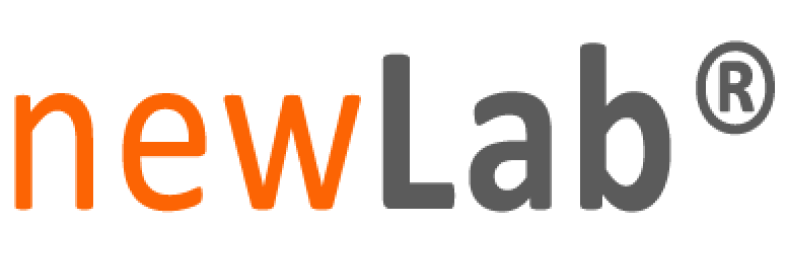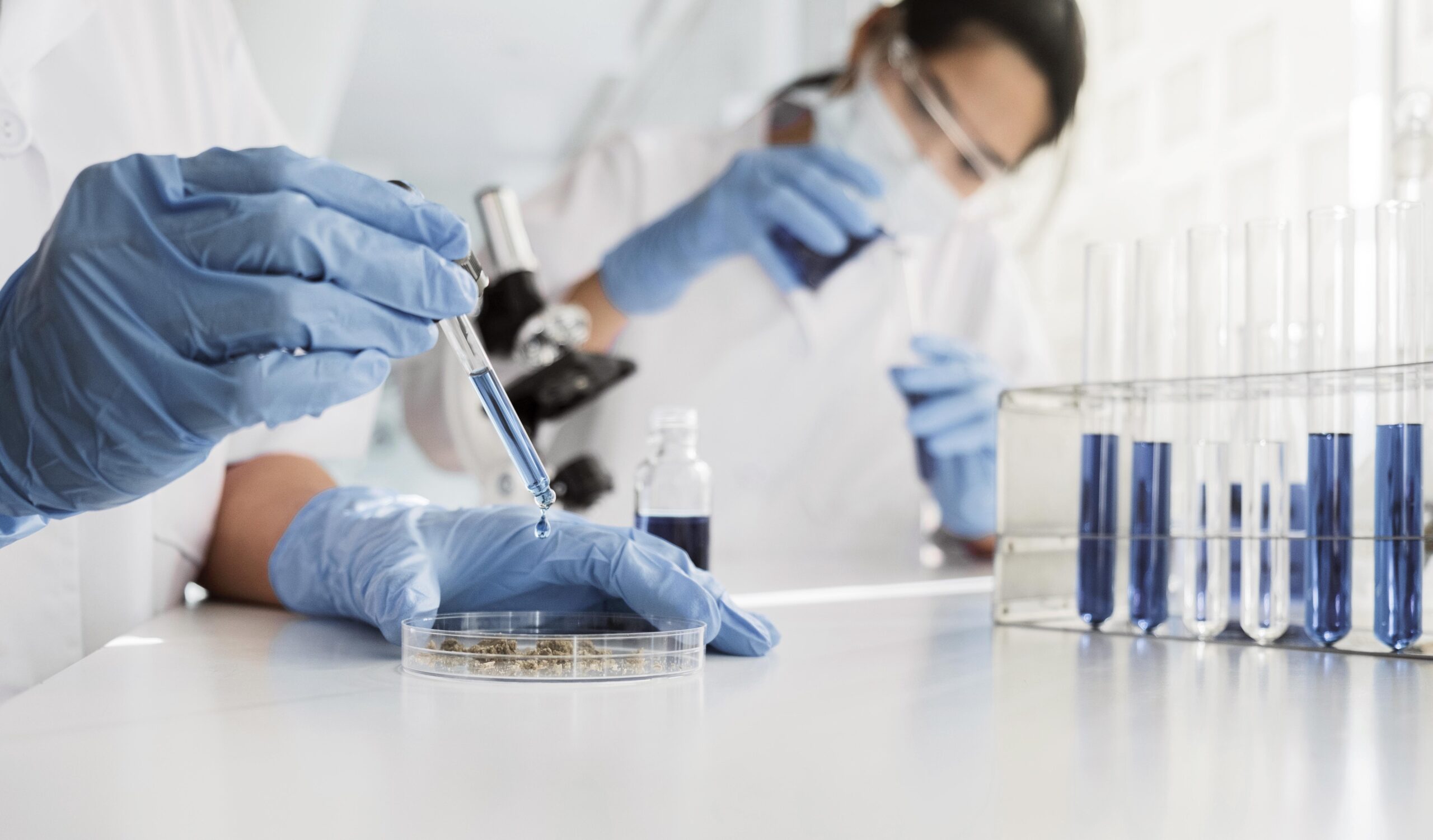In today’s competitive pharmaceutical landscape, the pressure to bring safe, effective treatments to market quickly and cost-efficiently has never been greater. One key strategy that is helping pharmaceutical companies meet this challenge is the use of shared scientific services: centralized resources that support research and development efforts across departments and therapeutic areas.
These shared services are not just a matter of convenience. They are strategic enablers that streamline workflows, reduce redundancy, and empower scientists to focus on innovation.
Here’s how they’re helping to accelerate the drug development process:
1. Driving Efficiency Through Specialization
Shared scientific services bring together highly specialized expertise and equipment in areas such as analytical chemistry, bioanalysis, and computational modeling. Instead of each research team duplicating efforts to build their own capabilities, scientists can rely on these expert groups to deliver high-quality, reproducible results more quickly and cost-effectively.
For example, centralized analytical chemistry teams offer services like chromatography, spectroscopy, and mass spectrometry to help researchers characterize compounds quickly and accurately. This supports faster decision-making during early-stage discovery and optimization.
2. Enabling Better Decision-Making With High-Quality Data
In drug development, data quality can make or break a program. Shared services in bioanalytical sciences and biomarker analysis ensure consistent, validated methods are used to generate high-integrity data. These insights are critical for understanding a drug’s pharmacokinetics (PK), pharmacodynamics (PD), and overall safety profile.
By providing standardized, cross-study data that is both scalable and reliable, these teams reduce variability and support earlier go or no-go decisions.
3. Accelerating Discovery With Scalable Platforms
Platforms such as high-throughput screening (HTS) and compound libraries are a major advantage of shared services. They enable rapid testing of thousands of compounds against specific targets, significantly reducing the time required to identify promising hits and advance to lead optimization.
Shared synthesis teams also offer scalable chemical production, supplying medicinal chemists with custom compounds and analogs for structure-activity relationship (SAR) studies without delay.
4. Enhancing Innovation Through Advanced Technologies
Many shared services operate at the forefront of technology. Teams in computational chemistry and bioinformatics use machine learning, molecular modeling, and large-scale data analytics to inform compound design and predict biological outcomes before lab work begins.
This approach minimizes failed experiments and fosters a more predictive, data-driven strategy for discovery and development.
5. Fostering Collaboration and Knowledge Sharing
One of the most underappreciated benefits of shared services is their cultural impact. Centralized groups often serve as hubs of institutional knowledge, promoting best practices and encouraging collaboration across teams that might otherwise remain siloed.
This cross-pollination of ideas strengthens problem-solving and supports a more innovative and agile R&D environment.
Conclusion: A Strategic Investment in Speed and Quality
In an industry where time to market can determine both patient outcomes and commercial success, shared scientific services are proving to be a powerful lever for pharmaceutical R&D. By combining specialized expertise, advanced technology, and efficient resource allocation, they create a foundation for faster, smarter, and more collaborative drug development.
Want to learn how newLab® helps enterprise labs improve asset visibility and workflow automation?



